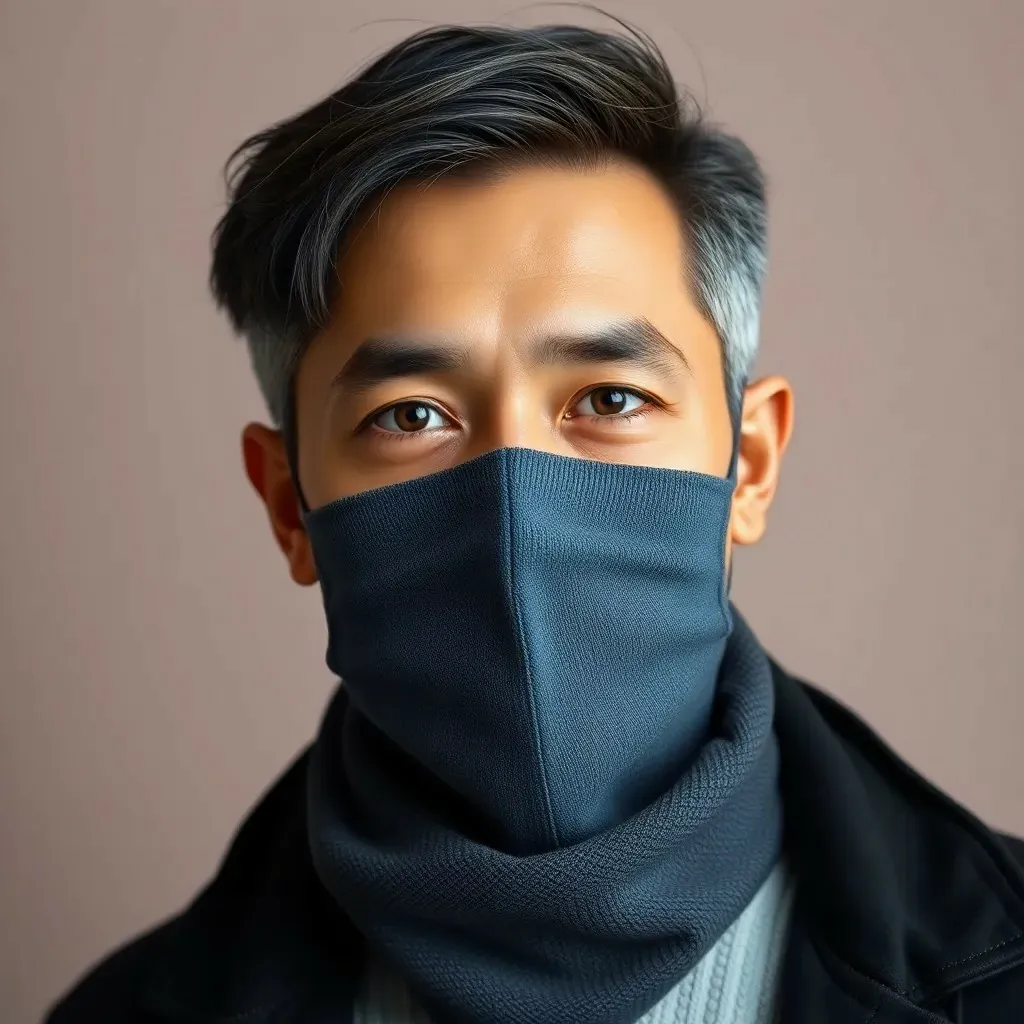Shingles isn’t just a pesky problem for the older crowd; it’s crashing the party among young adults too. Imagine waking up one day, feeling like you’ve been hit by a bus, only to discover that your body’s throwing a surprise shingles celebration. Not the kind of fun anyone signed up for, right?
Table of Contents
ToggleUnderstanding Shingles
Shingles affects a growing number of young adults, challenging the misconception that it’s primarily a condition for older populations. This viral infection often comes as a surprise, bringing with it significant discomfort and pain.
What Is Shingles?
Shingles, also known as herpes zoster, represents a reactivation of the varicella-zoster virus. This virus initially causes chickenpox during childhood. After recovery, it remains dormant in the body’s nerve tissues, later re-emerging as shingles. Characterized by a painful rash, shingles typically appears on one side of the body, forming blisters that can be itchy and sensitive. The condition isn’t contagious, but those who never had chickenpox or the vaccine may develop chickenpox after exposure.
Causes of Shingles
Several factors contribute to shingles’ emergence in young adults. The primary instigator is a weakened immune system, which can occur due to stress, illness, or medication. Age plays a significant role; cases rise in individuals over 50, yet increasing reports of shingles in younger populations underscore the importance of awareness. Additionally, physical trauma or skin irritation can trigger the virus’s reactivation. Recent studies indicate that stress and anxiety are particularly relevant, as they can compromise immune function significantly.
Symptoms of Shingles in Young Adults

Symptoms of shingles can vary, but they often present in similar patterns among young adults. Recognizing these symptoms early can lead to effective treatment.
Common Symptoms
Common symptoms include pain, burning, tingling, or itching, often felt in a specific area before the rash appears. A painful rash typically follows, developing into clusters of blisters. These blisters may ooze or crust over, creating discomfort and irritation. Fatigue, fever, and general malaise can accompany the outbreak, emphasizing the need for rest and monitoring. Each of these elements contributes to the overall experience of shingles and affects daily activities.
Unique Symptoms in Young Adults
Unique symptoms in young adults may arise due to lifestyle factors. Stress plays a significant role, often escalating the severity of pain or discomfort. They may experience heightened sensitivity in the affected area, making clothing or touch irritating. Some young adults report more intense itching compared to older adults. While many only manifest skin-related symptoms, headaches or gastrointestinal issues can also occur in this age group. Understanding these unique symptoms is crucial for appropriate management and care.
Risk Factors for Shingles in Young Adults
Shingles can affect young adults due to various risk factors. Understanding these elements is essential for prevention and awareness.
Age and Health Factors
Younger adults between 20 and 50 may face a higher risk of shingles due to specific health conditions. Conditions that weaken the immune system, like autoimmune diseases or HIV, increase susceptibility. Medications that suppress immunity, such as corticosteroids, can also play a role. Stress impacts immune function, making individuals more likely to experience shingles. Overall health, including chronic illnesses, influences the chances of virus reactivation.
Lifestyle Influences
Young adults often lead busy lives that contribute to stress. High levels of stress can trigger shingles flare-ups. Poor sleep quality impacts overall health, making recovery and immune response weaker. Nutritional choices also matter; a diet lacking essential vitamins and minerals can hinder immune function. Lack of regular exercise leads to decreased resilience against infections. Understanding these lifestyle factors helps young adults manage their risks effectively.
Prevention and Vaccination
Vaccination and lifestyle changes play crucial roles in preventing shingles among young adults. Awareness and proactive measures are essential for reducing the risk.
Vaccination Options
The shingles vaccine, known as Shingrix, is recommended for adults aged 50 and older. Young adults, especially those with weakened immune systems, may also discuss vaccination with their healthcare providers. Shingrix offers strong protection against shingles and its complications. Clinical trials indicate it provides over 90% effectiveness in preventing shingles. Additionally, the two-dose series can be administered at least two months apart. Consideration of vaccination is important for anyone at risk due to health conditions or stressors that may compromise the immune system.
Lifestyle Changes to Prevent Shingles
Adopting healthy lifestyle changes significantly supports immune function. Prioritizing stress management techniques, such as mindfulness or yoga, can enhance overall well-being. Maintaining a balanced diet full of vitamins and minerals strengthens the body’s defenses. Engaging in regular physical activity promotes better immune response. Quality sleep is vital; insufficient rest negatively impacts immunity. Staying hydrated helps in maintaining optimal health. Young adults should also avoid smoking and limit alcohol consumption to further reduce risks. These lifestyle choices collectively foster resilience against shingles.
Treatment Options
Shingles in young adults requires appropriate management to alleviate symptoms and promote healing. Both home remedies and medical treatments play significant roles in recovery.
Home Remedies
Applying cool compresses offers immediate relief from itching and discomfort. Over-the-counter oatmeal baths soothe irritated skin and reduce inflammation. Natural remedies, such as aloe vera gel, help moisturize the rash and may accelerate healing. Additionally, keeping the affected area clean and dry prevents infection and discomfort. Proper hydration supports the immune system, while a balanced diet rich in vitamins and minerals aids in skin repair. Stress reduction techniques, like yoga or meditation, also contribute to overall well-being.
Medical Treatments
Healthcare providers often prescribe antiviral medications, such as acyclovir or valacyclovir, to speed up recovery. These medications work best when taken early, ideally within 72 hours of rash onset. Pain relief options include NSAIDs, like ibuprofen or acetaminophen, which help manage discomfort. In some cases, stronger prescription pain relievers might be necessary for severe pain. Corticosteroids can reduce inflammation and swelling, though their use is generally reserved for specific cases. Monitoring for complications, like postherpetic neuralgia, is crucial for long-term care.
Shingles in young adults is an increasingly relevant health concern that shouldn’t be overlooked. Awareness of the symptoms and risk factors is vital for early intervention and effective management. By understanding the importance of vaccination and adopting healthier lifestyle choices, young adults can significantly reduce their chances of experiencing this painful condition.
It’s essential for those at risk to engage in proactive discussions with healthcare providers about prevention strategies. Ultimately, fostering a strong immune system through balanced nutrition, stress management, and regular exercise can play a crucial role in safeguarding against the reactivation of the varicella-zoster virus.




